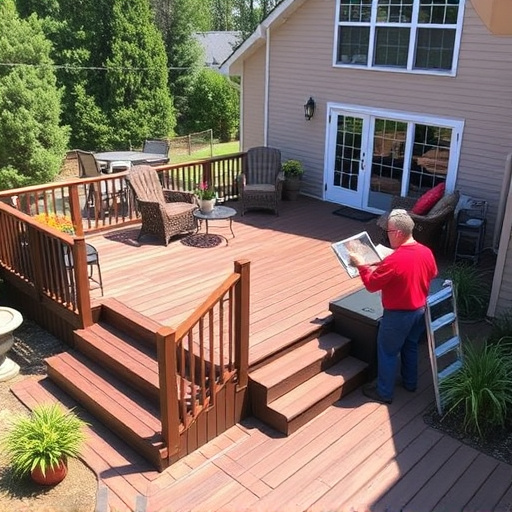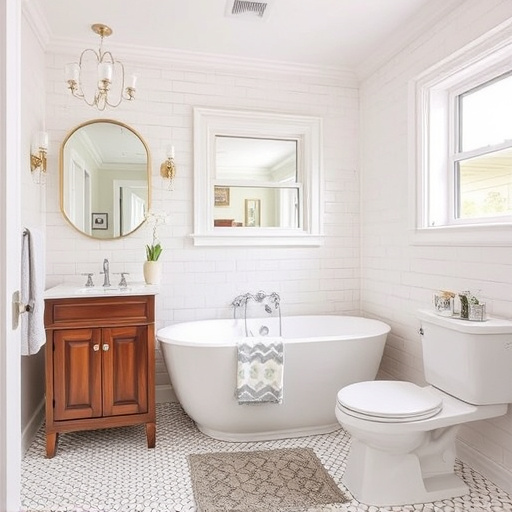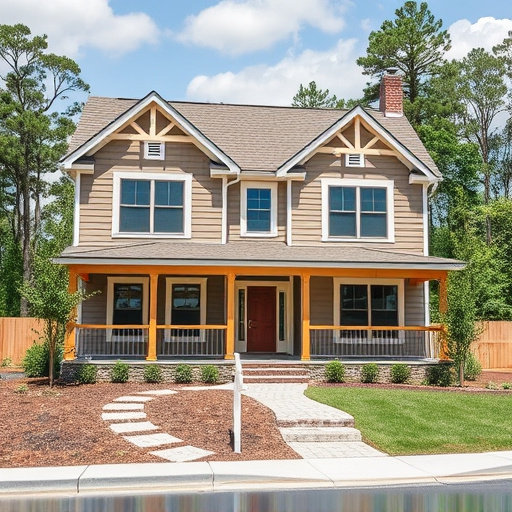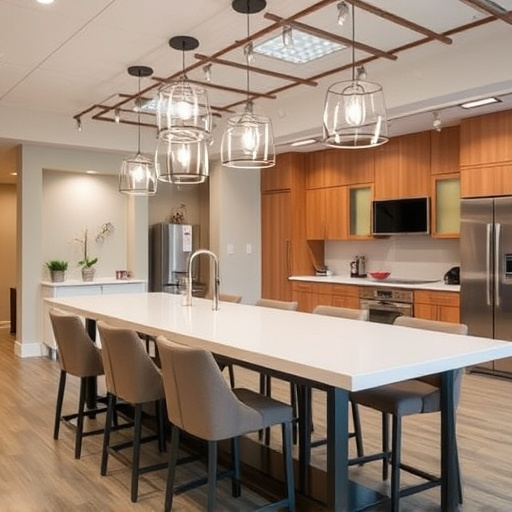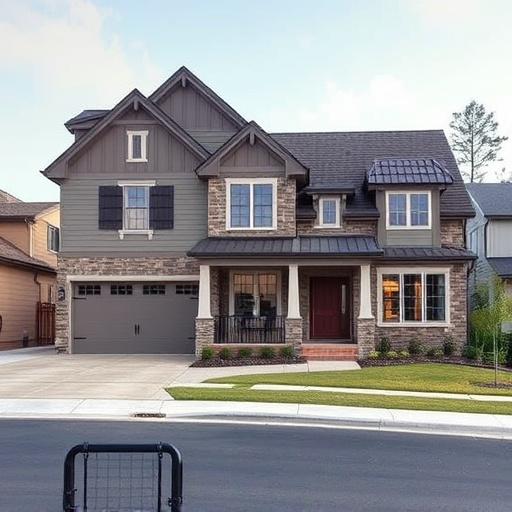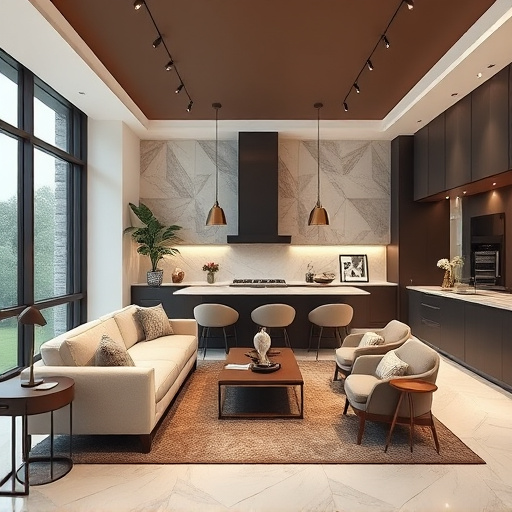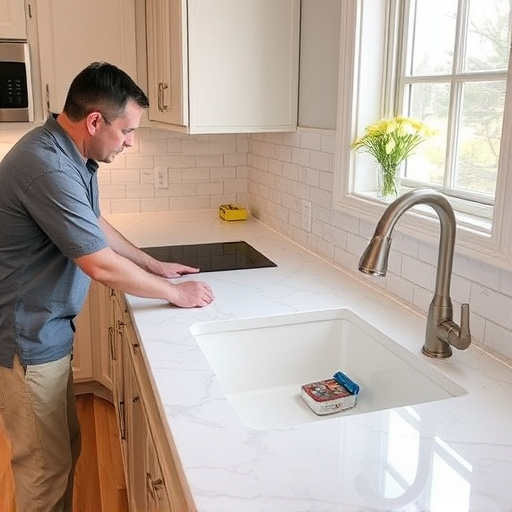Before remodeling, thoroughly assess current workspace layout and employee needs, identifying gathering spots, communication barriers, and diverse work preferences. Incorporate flexibility, comfort, and ergonomic design elements like open layouts with adjustable furniture and modular desks. Integrate digital tools such as cloud-based platforms, real-time document sharing, and video conferencing for seamless collaboration and project management during the business remodel process.
During a business remodel, creating collaborative spaces is essential for fostering productivity and innovation. This guide outlines three key steps to help you transform your workspace. First, assess current layout and employee needs to identify gaps and opportunities. Next, incorporate flexibility and comfort designs that cater to diverse working styles. Finally, implement digital tools enabling seamless virtual collaboration, ensuring connected teams regardless of physical distance.
- Assess Current Layout and Employee Needs
- Incorporate Flexibility and Comfort Designs
- Implement Digital Tools for Seamless Collaboration
Assess Current Layout and Employee Needs
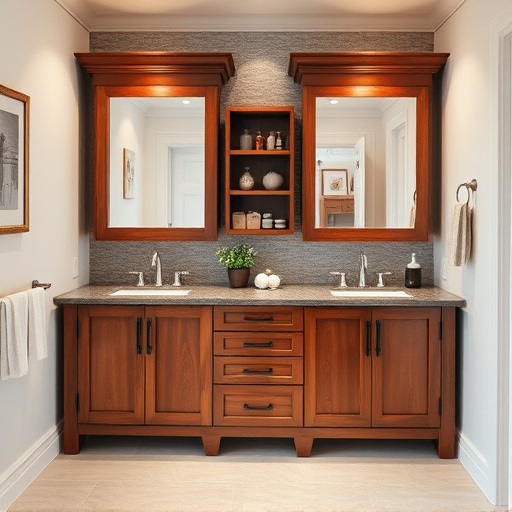
Before diving into a business remodel, it’s crucial to assess the current layout and understand the specific needs of your employees. This step is vital in creating collaborative spaces that truly enhance productivity and interaction. Start by evaluating how the existing space is utilized; identify areas where employees frequently gather or collaborate informally. Take note of any barriers that hinder communication, such as cubicle walls or isolated meeting rooms. Also, consider the diverse ways people work—some prefer quiet, focused environments, while others thrive in bustling settings.
This analysis should extend to all aspects of your workplace, from open-plan areas to private offices and even common amenities like kitchens and break rooms. For instance, a business with a dynamic, creative team might benefit from versatile spaces that can accommodate both spontaneous brainstorming sessions and focused individual work—a balance often seen in residential renovations focusing on functional spaces, such as adaptable home offices or renovated bathrooms where quiet zones meet social hubs.
Incorporate Flexibility and Comfort Designs
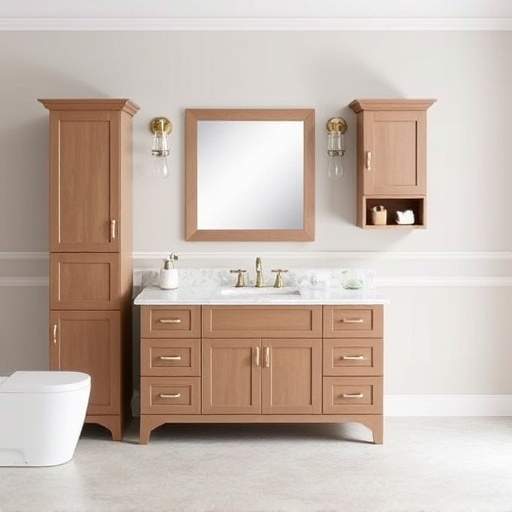
Incorporating flexibility and comfort into your business remodel is key to creating a collaborative space that fosters productivity and creativity among employees. This means designing open layouts with adjustable furniture, such as modular desks and comfortable seating areas, to accommodate various work styles and tasks. By enabling employees to reconfigure their workspace throughout the day, you promote movement and interaction, breaking down traditional barriers.
Moreover, consider incorporating elements of comfort, like ergonomic chairs, natural lighting, and warm color schemes, to create a welcoming environment. In a recent home remodeling project, a kitchen remodel was not just about updating cabinets and countertops; it involved installing standing desks and collaborative tables to encourage active collaboration and reduce the static nature of traditional office settings. This approach ensures that your business remodel is not only aesthetically pleasing but also scientifically designed to enhance employee satisfaction and productivity.
Implement Digital Tools for Seamless Collaboration
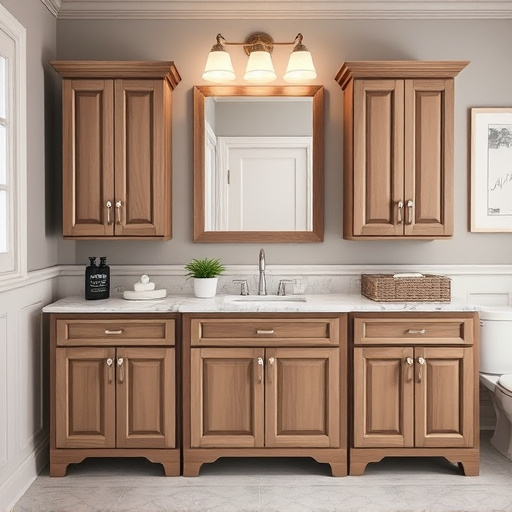
In today’s digital era, implementing digital tools is a game-changer when it comes to creating collaborative spaces during a business remodel. These tools facilitate seamless communication and project management for teams working on various aspects of a business transformation—from customized work designs to multiple room remodels. With cloud-based platforms, real-time document sharing, and video conferencing capabilities, stakeholders can stay aligned regardless of their physical locations.
This digital approach not only streamlines workflows but also enhances transparency. Team members can access the latest project updates, share ideas, and provide feedback instantly. Moreover, digital tools enable efficient file management, ensuring that everyone works with the most current versions of plans and specifications. As a result, business remodels become less chaotic and more successful, with every team member contributing to the final home transformations.
A successful business remodel focuses on creating dynamic collaborative spaces that cater to diverse employee needs. By assessing current layouts, incorporating flexible and comfortable designs, and leveraging digital tools, organizations can foster a productive environment that enhances teamwork and innovation. These strategies not only transform physical spaces but also revolutionize the way teams connect and collaborate during and after the remodel process.





